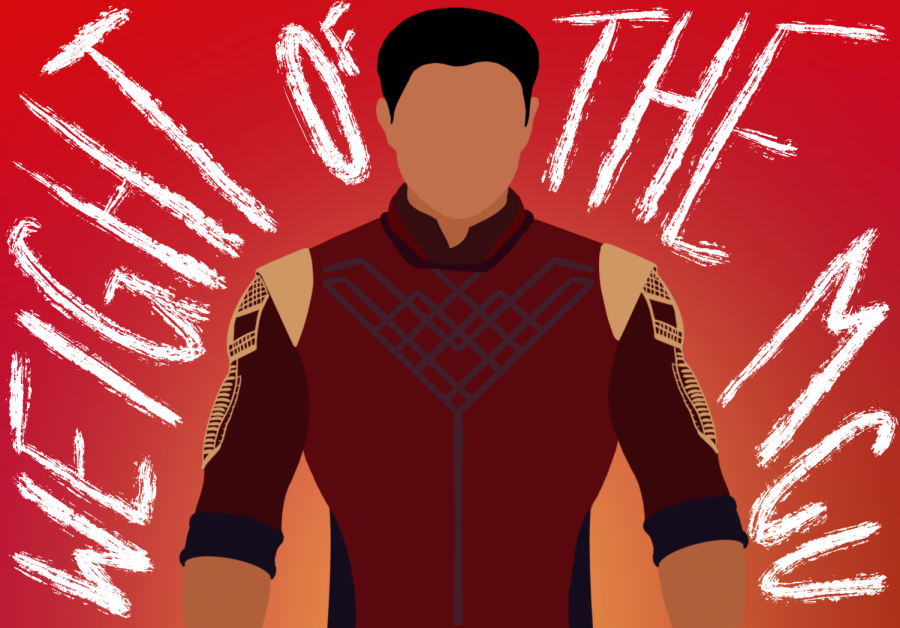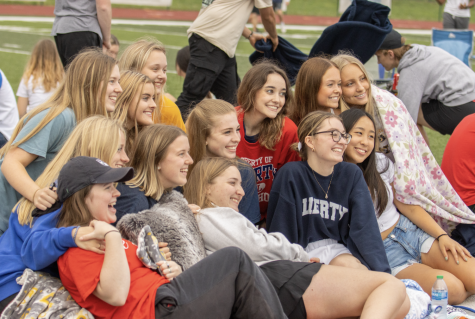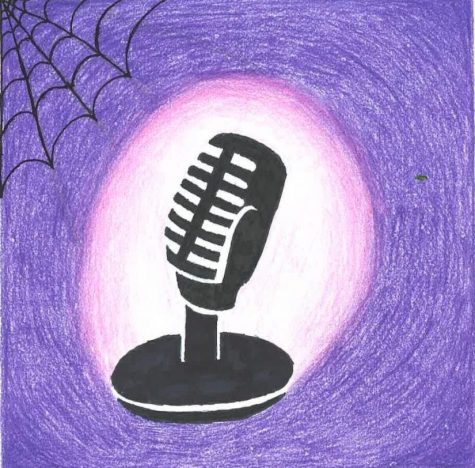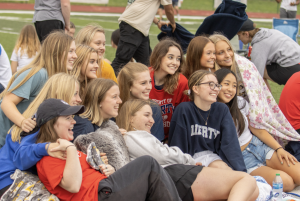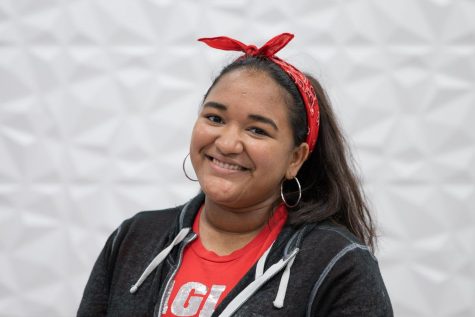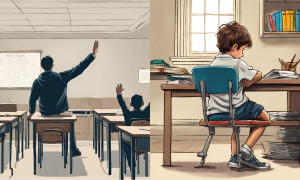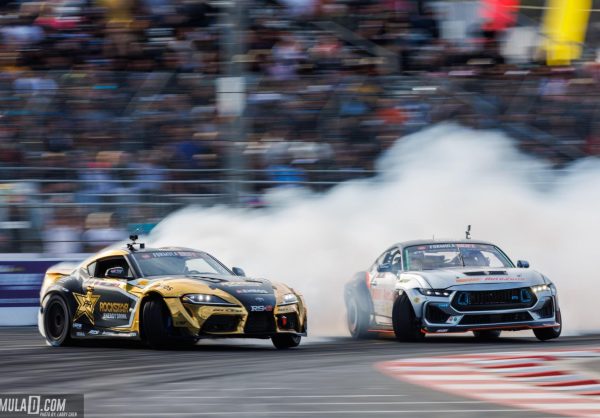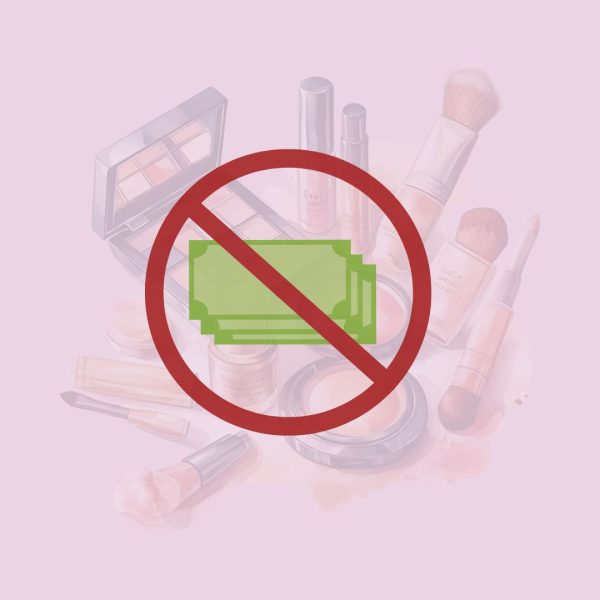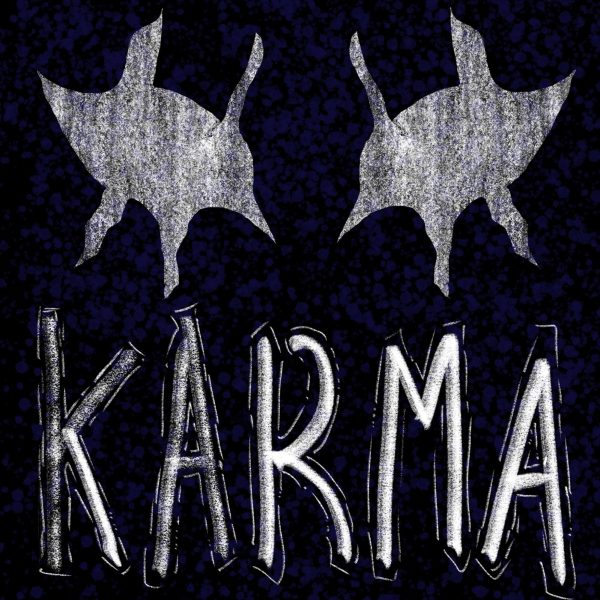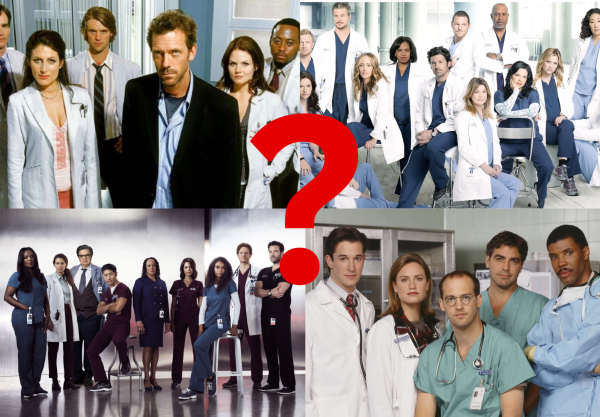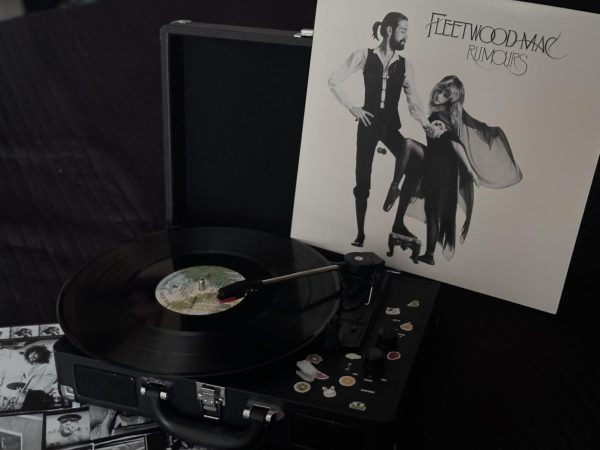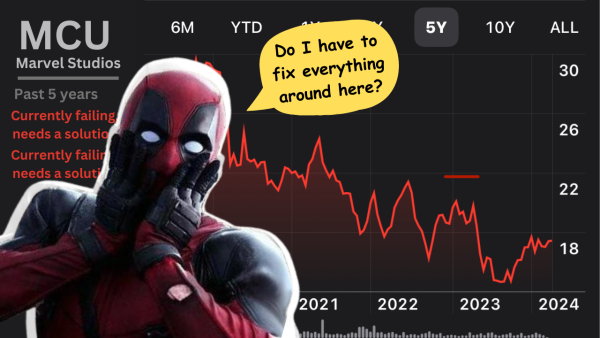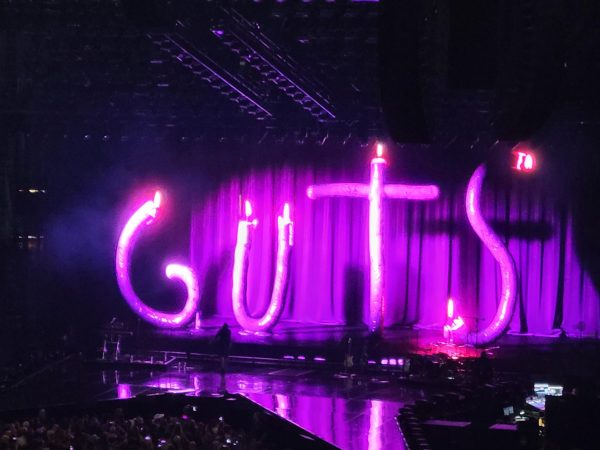Diversity In The MCU
Marvel Cinematic Universe has been slow to tell stories starring minorities
Disney’s CEO Bob Chapek called Marvel’s newest movie “an interesting experiment.”
September 21, 2021
In 2018, “Black Panther” saw the first non-white superhero in the title role of a Marvel movie. “Ant-Man and the Wasp” (2018) saw the first woman in the title of a Marvel movie, though she shared the spotlight with her male counterpart. “Captain Marvel” (2019) was the first woman to star in her own movie. “Loki” (2021) was the first time that a character was explicitly revealed as queer within the MCU. And now, “Shang-Chi and the Legend of the Ten Rings” (2021) is the first Asian-American superhero to have their own movie.
It took the Marvel Cinematic Universe ten whole years to even fathom the idea of giving a non-white and non-man person a starring role in their own blockbuster comic book movie. And even in 2021, these movies are not being given the respect they deserve.
Bob Chapek, the CEO of Disney, referred to Shang-Chi as “an interesting experiment.” Though this comment was in regards to the movie being released only in theaters and not on Disney+ (the first of its kind since the pandemic started), we can’t ignore the undertone of the comment. There was a lot riding on the success of this movie: the future of representation in the MCU, whether other movies scheduled for 2021 will be pushed back, and the focus that Disney as a whole will place on making marginalized voices more prominent.
American audiences would rather watch a movie with a white man in the title role, than someone else who doesn’t fit that bill.
But is it fair to make the entire future of diverse representation based on the success of a singular movie? Is monetary value the only thing that Marvel and Disney feel is important enough to make movies like these? “Black Panther”, “Captain Marvel”, “Loki”, and “Shang-Chi” are just the beginning stages of Marvel’s long-overdue journey into making their franchise more diverse. Many productions such as “Eternals” (with its racially diverse cast) and “Ms. Marvel” (the first South Asian superhero) have audiences from marginalized backgrounds feeling both excited and nervous. They can only hope that these movies and shows do well commercially but also represent these groups of people in positive ways.
See— when these movies and shows come out, they don’t get to be just another comic book adaptation. They truly are tests and experiments to see if theater-going audiences care enough about these characters who might not look or sound like them. Their “diversity” is one of the main selling points that can make or break an audience’s interest; because it’s a sad fact that a majority of American audiences would rather watch a movie with a white man in the title role, than someone else who doesn’t fit that bill.
In the first MCU movie, “Iron Man”, James Rhodes was the only protagonistic character of color, and he only served as a minor character in the grand scheme of the plot. Though he gains a bigger role by “Iron Man 2″, he doesn’t see much heroic screen time until “Avengers: Age of Ultron”. And this pattern of POC and women being cast in side roles continued for almost a whole decade. Not to mention the fact that many LGBTQIA+ characters such as Valkyrie and Captain Marvel have been morphed into characters that are more palatable to American movie-watchers. It’s not as though diversity is lacking in the source material- the producers and directors make conscious decisions to tell stories that fit into the “Marvel Method” of what is profitable.
As long as we only tell diverse stories when they are profitable, little girls and boys across the globe will grow up just like previous generations have. They’ll feel as though no one can understand them because to Hollywood, they are an afterthought that isn’t profitable.

